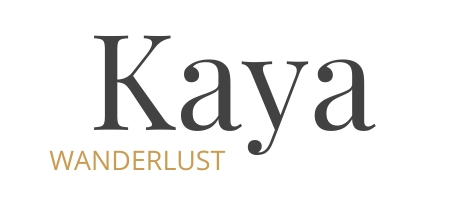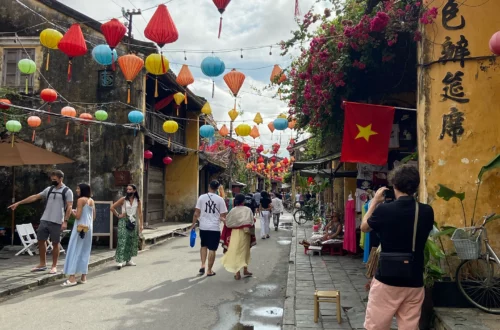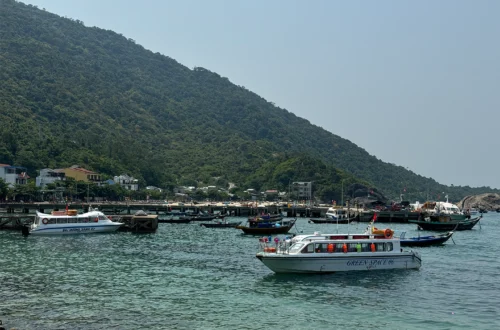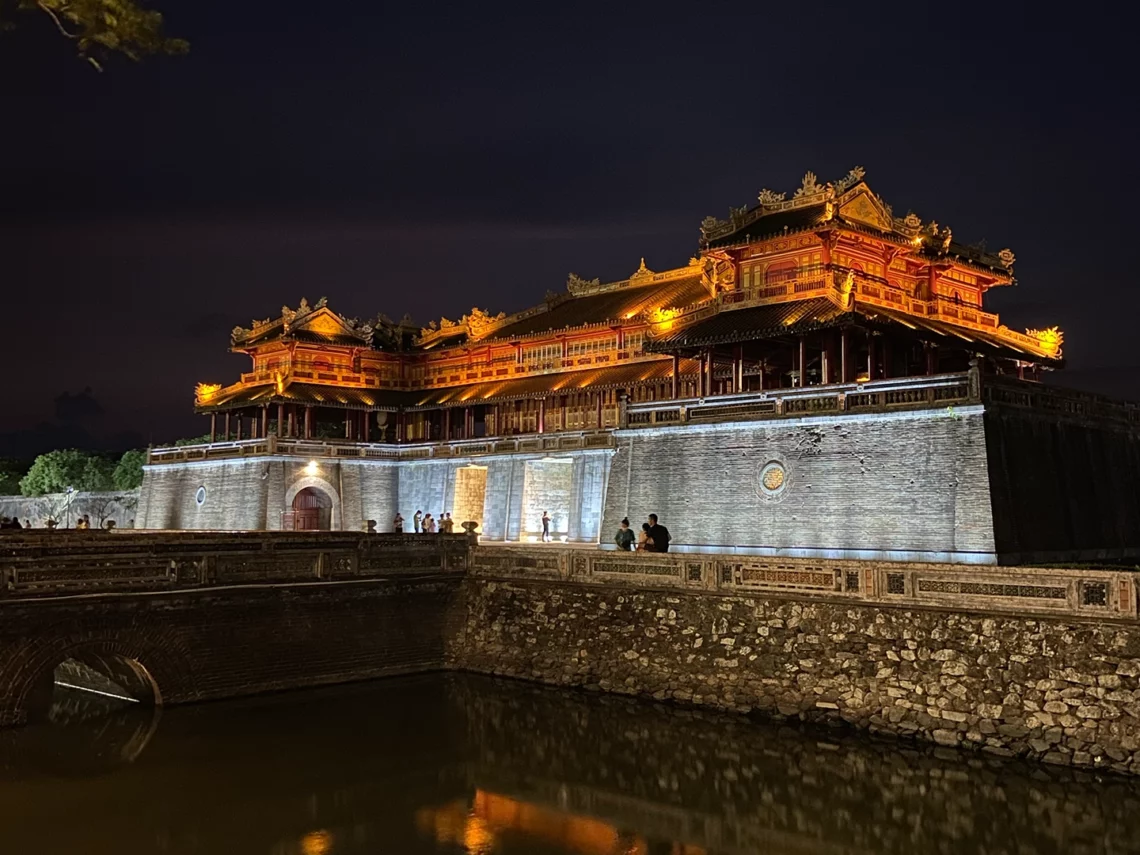
Hue – City of emperors. Food capital of Vietnam?
As the former capital of Vietnam during the reign of the Nguyễn dynasty, Hue has a lot to offer in terms of historically important places. But whenever I heard someone in Vietnam talk about Hue – the city of emperors, they were always raving about the food.
This is an overview of my trip to Huê so you can plan yours easily!
This post contains affiliate links to things like tours and hotels. These help me earn a small commission at no additional charge to you. Every affiliate link is marked with a *.
Overview of a trip to Hue – City of Emperors
- Where to stay in Hue
- Must-try foods in Hue
- Must-visit museums and places in Hue
- TLDR, show me a map with everything important
Where to stay in Hue
Similar to pretty much everywhere in Vietnam, Hotels and AirBnB can be both high-quality and affordable choices. Of course, there are also Hostels, which are mostly frequented by young backpackers and are great if you are one and want to meet like-minded people. But for everyone a bit older, chronically ill or just wants more privacy there are options.
You can stay within the imperial citadel in Hue, in the heart of the city, in walking distance to everything. However, that’s also the most densely packed part of the city at any given time.
Chi Homestay #4* | Moon Homestay* | Soleil Boutique* (just outside the citadel)
Then there is Phú Hội, which has a walking street with pubs and restaurants and loud music at night, you’ll find most backpackers here after the sun sets. You are across the perfume river from the imperial citadel, but still very much within walking distance.
TOVO Hostel* | Stop & Go Homestay* | Pisces Hotel Hue*
A little further out you get quieter places, but at the same time, you’ll have to take a bike or motorbike taxi into the city every time. I stayed in An Đông and took a motorbike taxi from Grab when I was headed to the city, or a bike which was offered free with the room to explore the area and visit An Dinh Palace.
Must-try foods in Hue – City of Emperors
Like I mentioned before, every time I talked to someone from Vietnam about Hue they were very excited about the food there. That Hue has the best, most delicious food in all of Vietnam. That set my expectations very high and the higher the expectations are, the more disappointed you’ll be. The food in Hue was great, most of it anyway, but it didn’t stand out above all other food I’ve had in Vietnam.
With everything I learned from locals the reason why the cuisine of Hue is held in such high regard might be because it is associated with the cooking style of the former royal court of the Nguyễn dynasty from 1802 to 1945. And when the emperor is eating it, it must be good, right?
Five foods stood out to me as a “must try” while in Hue, all of which I was introduced to by locals, away from the tourist spots (maybe that’s why they stood out).
I linked all of the mentioned foods in the map at the end of the blogpost.


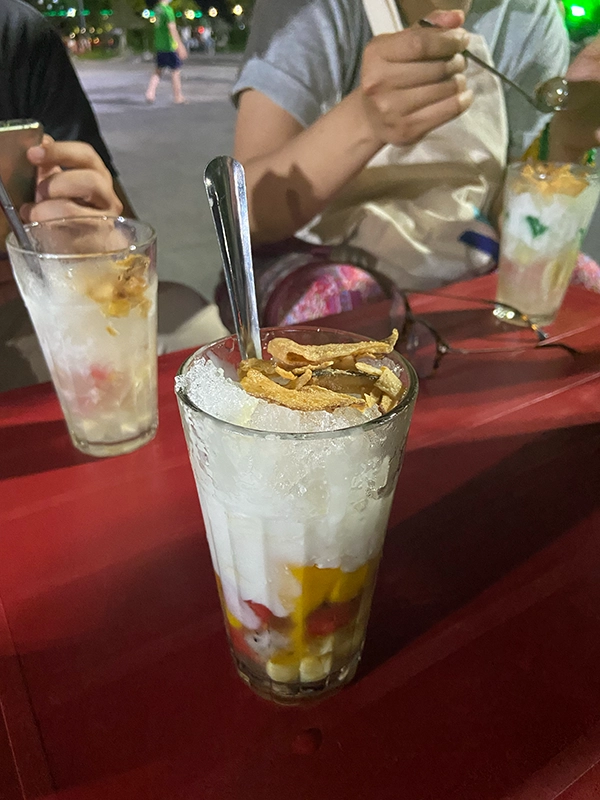
First was of course the Bún bò Huế. A beef noodle soup with blood pudding, fermented shrimp sauce, lemongrass and pork knuckle. I had it the way most people in Hue have: Once at the Homestay I stayed at and once on a tiny plastic table in a back alley from a hole-in-the-wall “restaurant”. The broth was savoury and delicious, the noodles nicely chewy and the fermented shrimp paste gave it a tangy flavour. I definitely prefer the paste in the soup rather than as a dip like I had in Hanoi. The blood pudding was not for me, but you can simply fish it out.
Second, are Bánh bèo, small steamed rice tapioca cakes, topped with dried shrimp, crispy pork skin, scallion oil and chilli to taste.
Followed by Chè, which is a “sweet soup” / dessert. Most street vendors offer different choosable ingredients like red bean, lotus, mung bean, coconut, different jelly and even pork floss. It can be eaten hot or cold and is offered in Hue near parks during the evening. I had my favourite with red bean, mung bean, coconut and lotus from a street vendor near February 3 Park along the perfume river.
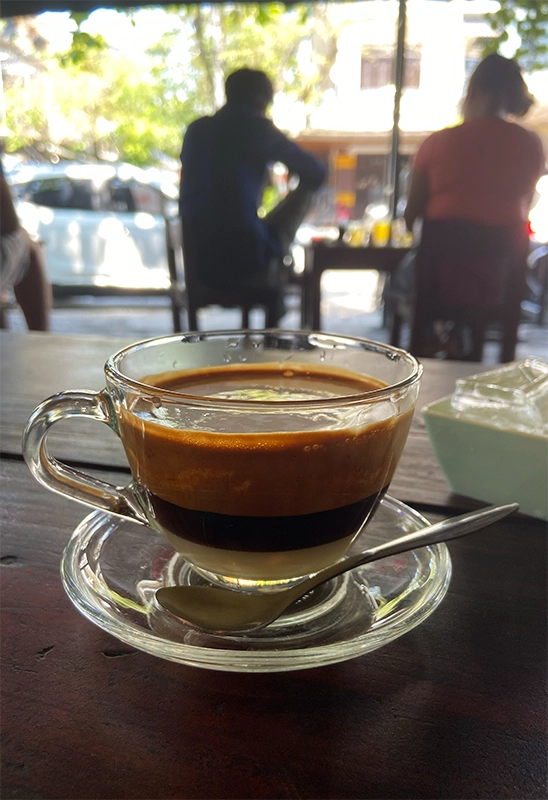
Cà Phê Muối or salt coffee is the only drink on my list. It was first served in a cafe with the same name in Hue and has since taken the country by storm, as it has become a food trend. I’ve been obsessed with salt coffee ever since I had it for the first time. It’s the perfect mix between bitter coffee, sweet condensed milk and lightly salty cream.
Here’s how to make it if you aren’t able to come to Vietnam any time soon: Pour one tsp of sweetened condensed milk into a cup, brew 3 tsp of ground coffee in a Vietnamese drip pot (Phin) with 100 ml of water. Whisk 75 ml of cream with 2 pinches of salt, giving it a smooth texture without getting it completely stiff. You still want to be able to pour it. Add it to the cup and there you have your salt coffee. Ice cubes are optional.
Bánh Canh Nam Phổ is a viscous broth made from shrimp and pork and served over chewy, almost see-through noodles. This dish originated from Nam Pho village in the Hue province but is now sold at many places in the city. Where I had it (near the intersection of Phạm Hồng Thái and Trương Định) they still make it in the village and carry the big pots into the city every day! The taste is amazing as long as you can stomach the texture.
Three other foods to eat in Hue are Nem Lụi Huế, grilled pork skewers with minced meat wrapped around lemon grass with Bánh Xèo, crunchy, savoury rice pancakes with shrimp and pork, served with a peanut dipping sauce, young banana and papaya and greens.
And lastly, Bún thịt nướng, rice noodles with grilled pork and greens topped with fish- and peanut sauce, served all over the city. I had them from a street vendor near Dong Ba Market, the largest commercial centre in Hue.
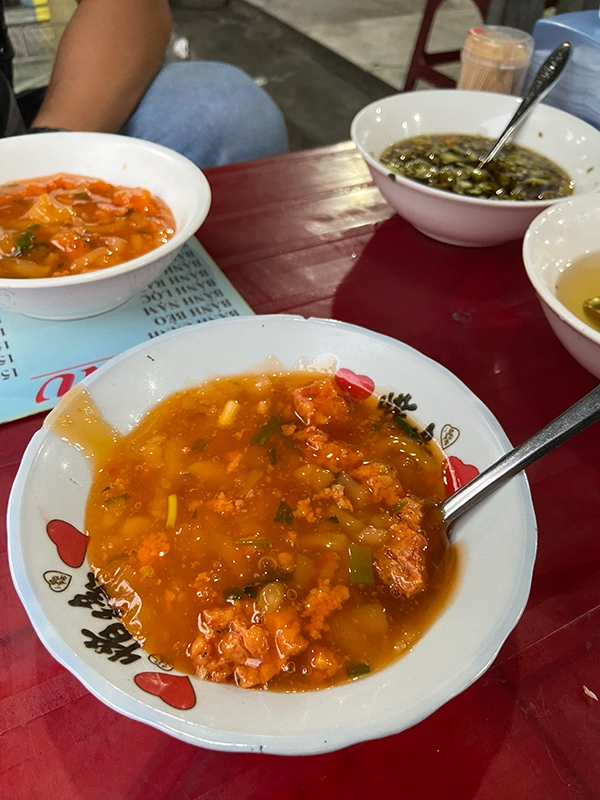
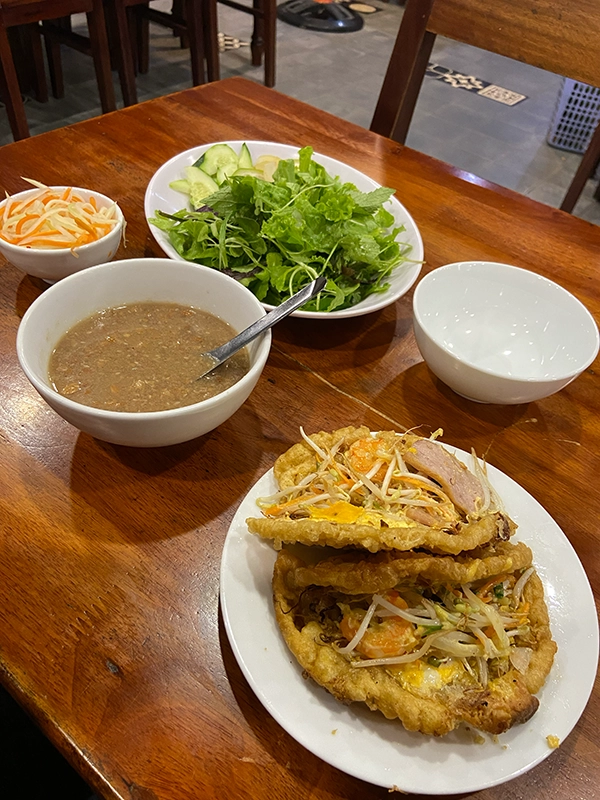
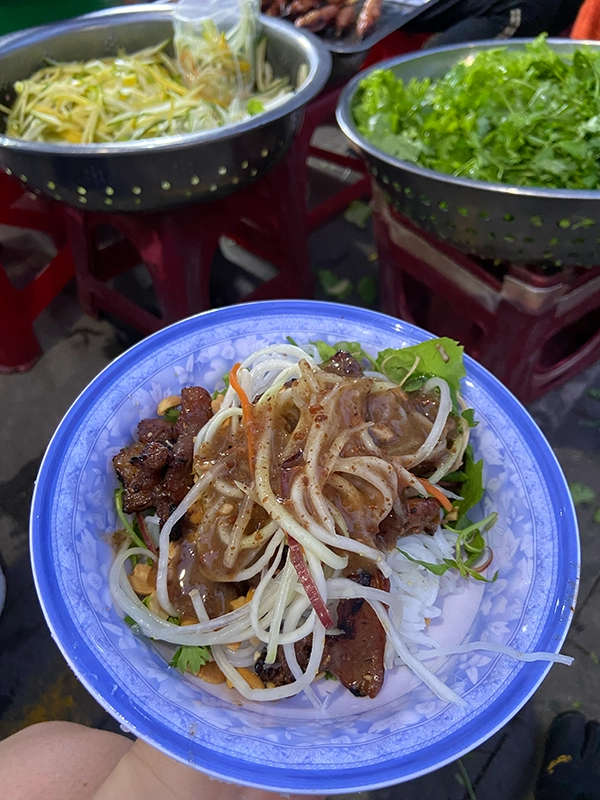
Where to find those yummy foods? I have a map at the end of my blog post, but honestly, doing a food tour with a local guide like @huebymatthew or @lanhue will show you a different side of the city, away from touristy spots and with background knowledge of the dishes’ history, which is sometimes over a thousand years old! Greet them from me if you do book a tour with them!
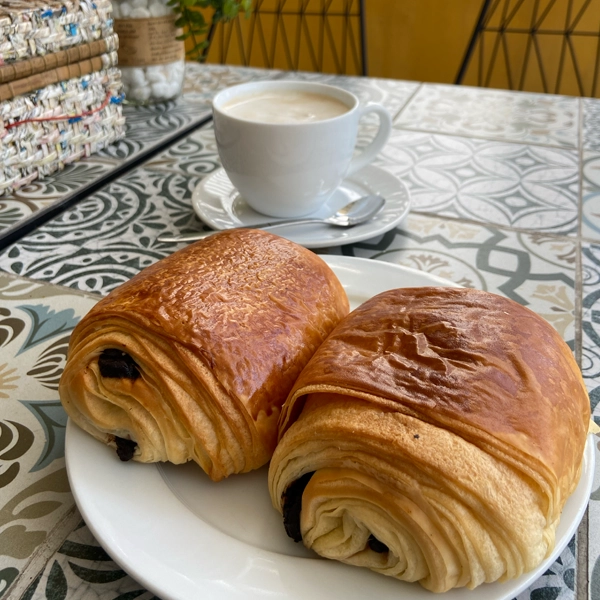
Something non-Hue-specific, but still delicious are the French pastries at La Boulangerie Française Huê. Since 1999 they have been training French bakery students who make all the baked goods sold at the adjacent cafe. Their pains au chocolat and cafe au lait make a great breakfast to start a day of exploring Hue!
They don’t have wifi, but the inside seating area has AC, so if you have a Vietnamese SIM Card or an E-SIM* you can plan your day or the rest of your trip here.
Must-visit museums and places in Hue
As the former seat of the Nguyễn dynasty, Hue has a lot to offer in terms of historically important places and relics from a time when Vietnam was a Monarchy and then a French Colony.
An important tip I wish I had known before I got to Hue: There are combo tickets available for the imperial city and some tombs. They are considerably cheaper than buying all the tickets by themselves.
Hue Museum of Royal Antiquities
This museum is one of the oldest museums in Vietnam. It contains artefacts from the royal family and their court, from furniture to clothes to pottery, jewellery and even games from a time long gone.
It’s well taken care of and you learn a lot about the royal family and customs in the country during the Nguyens reign. The museum is housed inside Long An Palace, which was built in a traditional style and is a sight to see in itself. Even though it doesn’t have AC it’s pleasantly cool inside and it feels like a quiet break from the hustle and bustle of the city. You have to take your shoes off to enter, so remember that when dressing for the day.
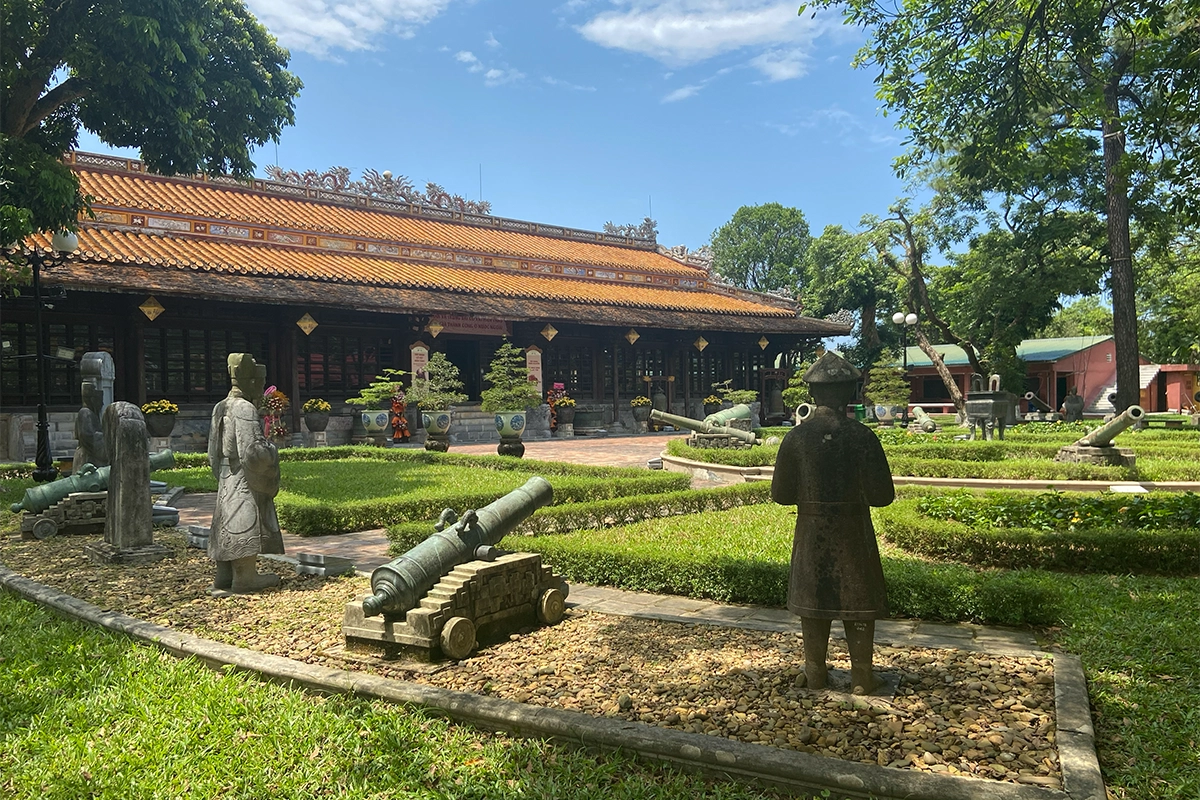
Imperial City Huê
From 1802-1945 the imperial city was home to 13 emperors of the Nguyễn dynasty, the last monarchy of Vietnam, their families and their royal court, so it was literally the city of emperors within Hue. The Forbidden City is located inside Hue Citadel where the families of court members lived.
The Imperial City combines traditional Vietnamese architectural rules, Chinese influences such as feng shui, yin-yang, the five elements theory and Western military architecture. It has been recognised as a part of the Hue Monuments Complex by UNESCO as a world cultural heritage site.
The Meridian Gate, officially called Ngọ Môn (Noon Gate) is the main entrance of the Imperial city, facing south. It is considered to be one of the most valuable architectures among the Nguyen dynasty’s monuments complex in Hue. While the red middle gate was reserved for the emperor, the gates at the side were tall enough to let elephants pass through. It is especially impressive at night!


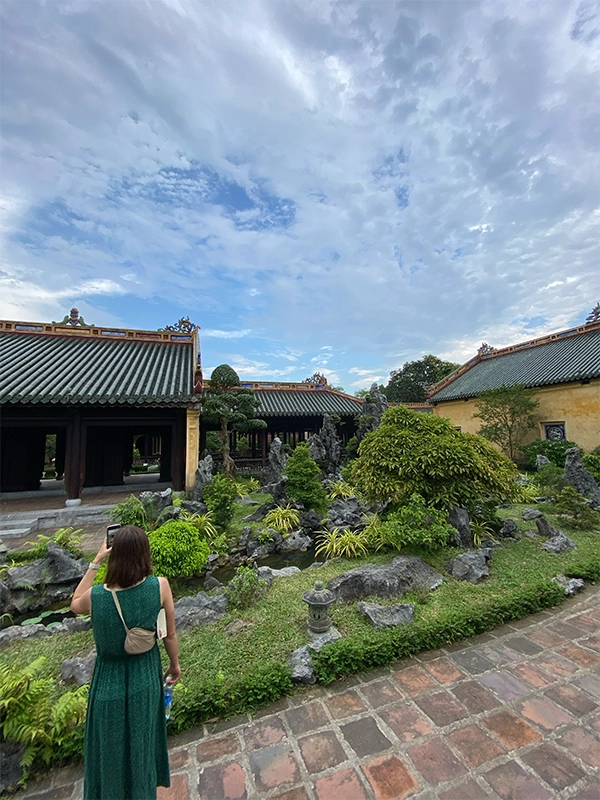
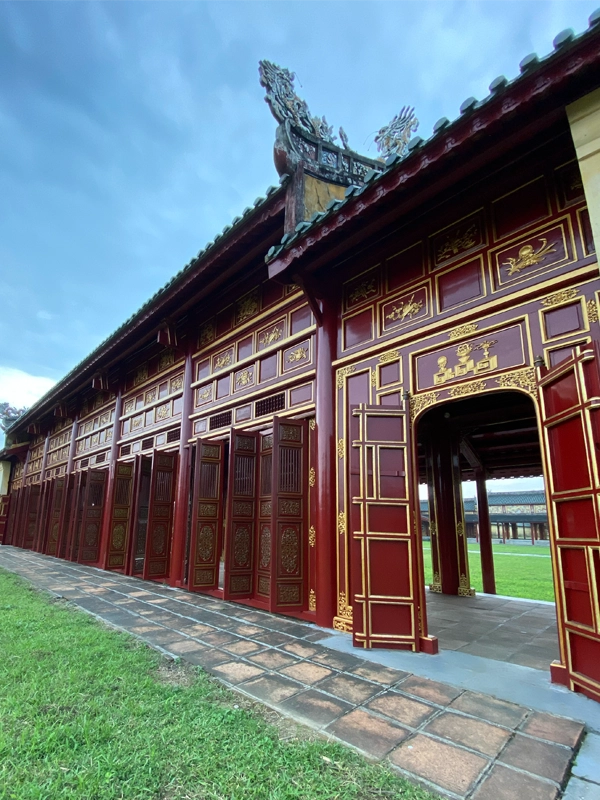
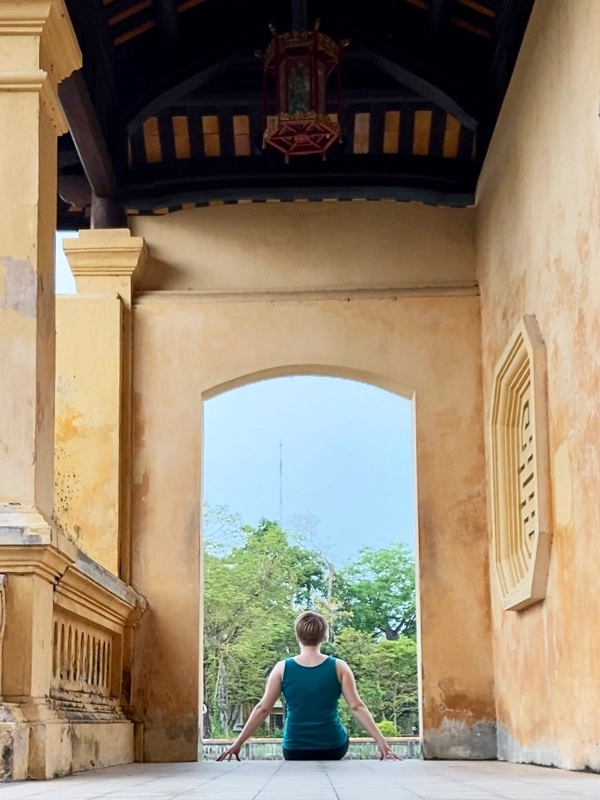
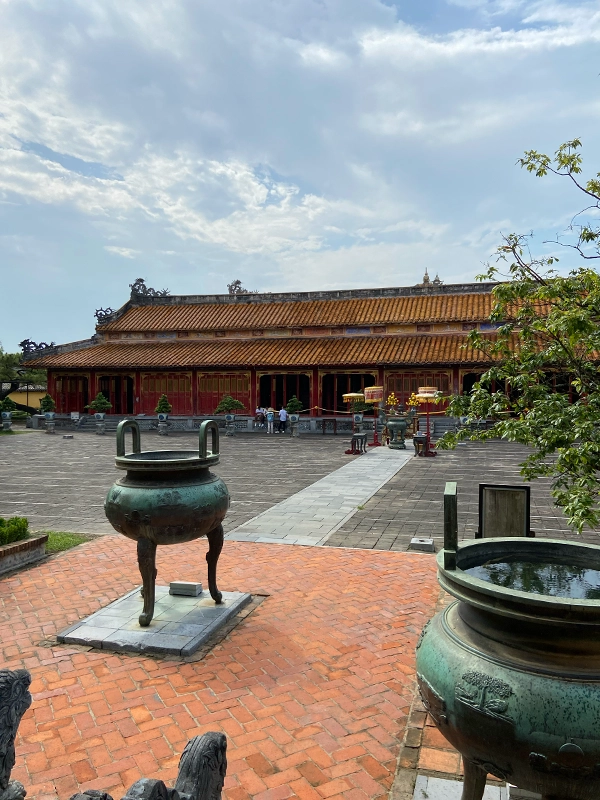
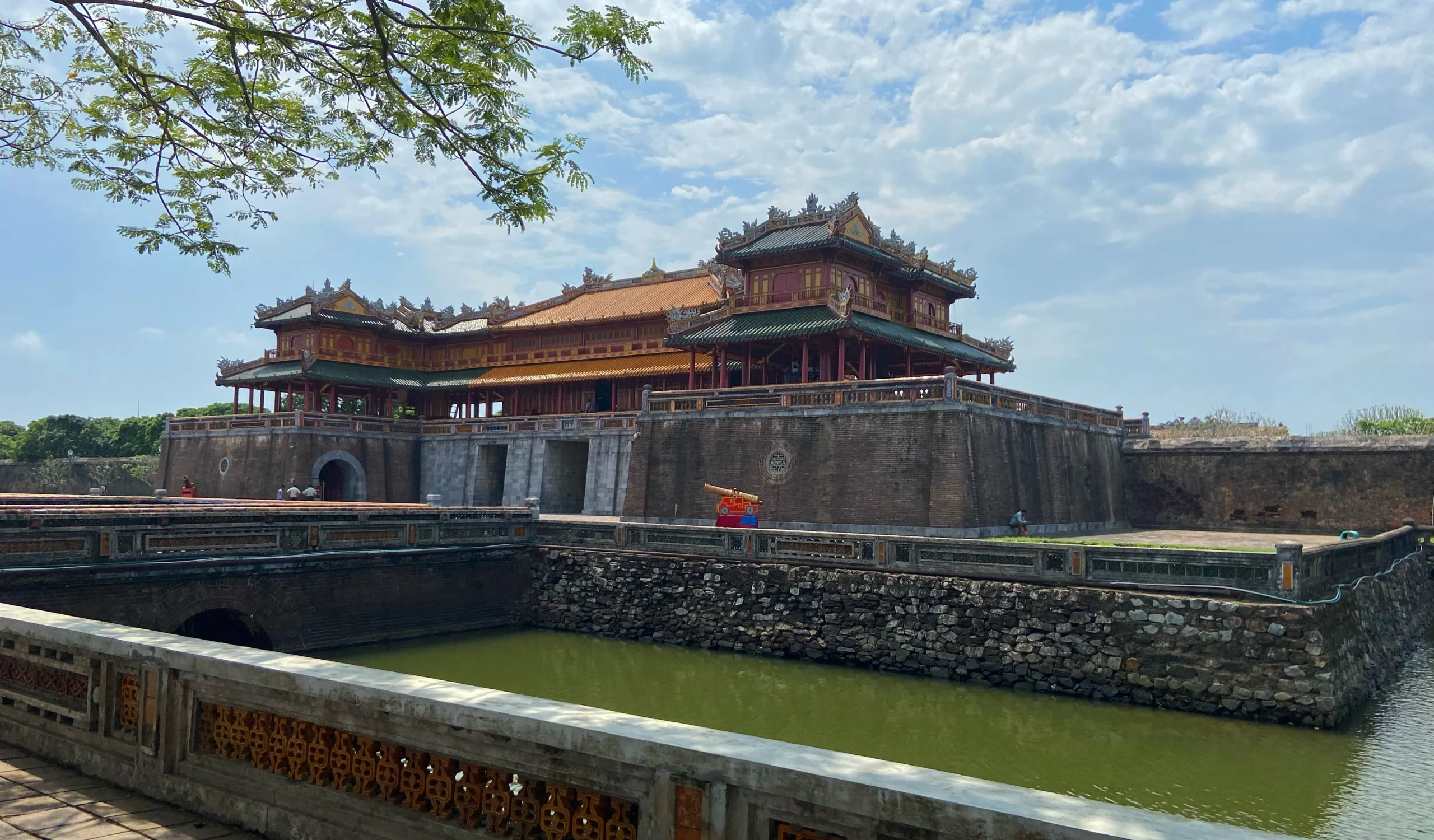
When I visited, with a guide to make the most of the visit, the citadel was as empty as it looks in the pictures! My favourite place in the imperial city was the walking garden. It has lush greenery which is well taken care of, renovated buildings and a serene feeling, especially during golden hour.
Something you see a lot in Vietnam in most historical places, museums and tourist attractions: people dress up to take pictures in the beautiful locations and the Imperial City Hue is not an exception.
When you pay attention you can find many beautiful details in the Imperial City, especially the colourful mosaics on the roofs and gates.

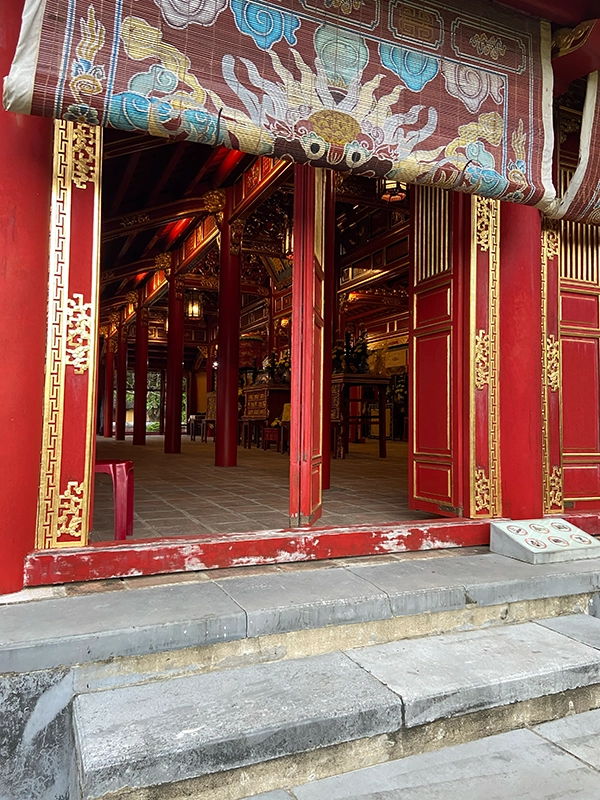
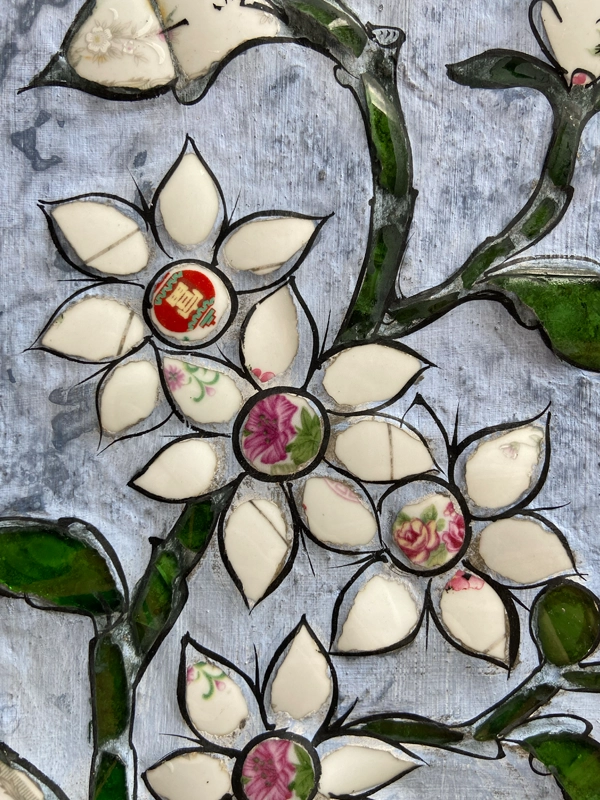


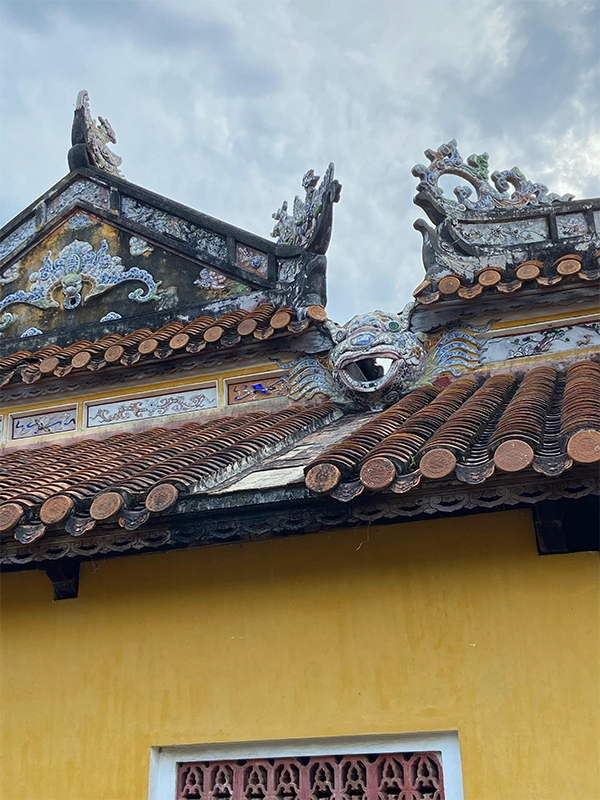
Tomb of Tự Đức / Khiêm Mausoleum
Visiting the tomb of Tu Duc, the fourth emperor of the Nguyen dynasty, you understand why he spent so much time here that it was considered the second palace. Even though temperatures that day reached almost 40°C in the city of Hue the lush greenery of the grounds surrounding the tomb, temples and pavilions cooled it down considerably.
While you can visit the tombs on your own, I recommend booking a tour with someone who knows about the history and details of these historic places, as there is so much to discover! And again you will encounter loads of people taking pictures.
Most emperors of the Nguyen dynasty had the deeds and accomplishments of their reign inscribed on a stone stele by their heir, which was then displayed near their tomb upon their death. Despite having the longest reign of any monarch of the Nguyen dynasty (1848-1883), as well as 104 wives and concubines, Tu Duc never had a son.
He wrote his own, 4.935 lines long epitaph, which is considered to be one of the most honest records of a monarch’s reign since it is considered hard to admit failures and mistakes to your children and it doesn’t do well to speak ill of the dead. This stele is the largest of its type in Vietnam and was recognised as a national treasure in 2015.

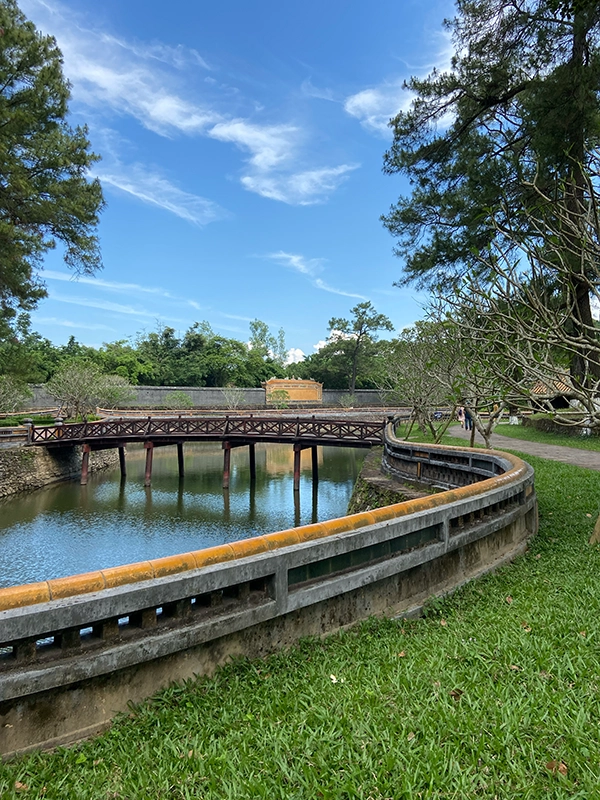
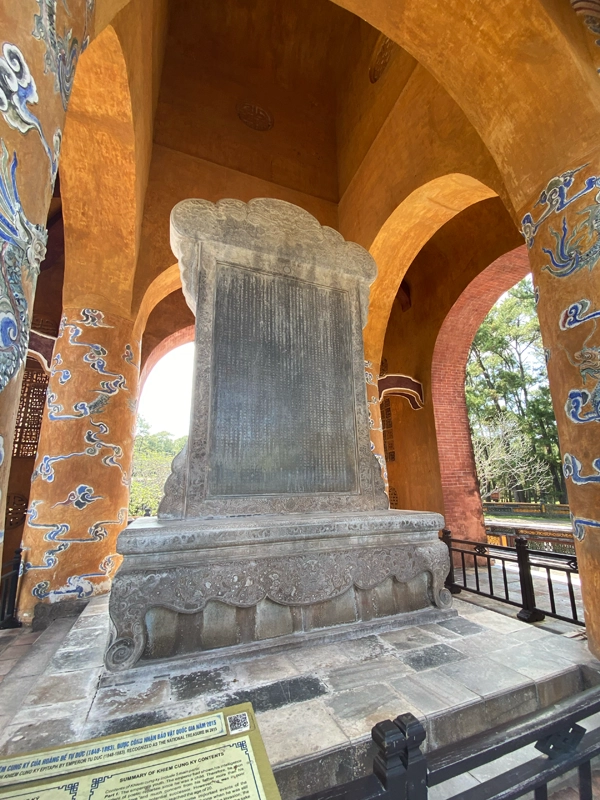
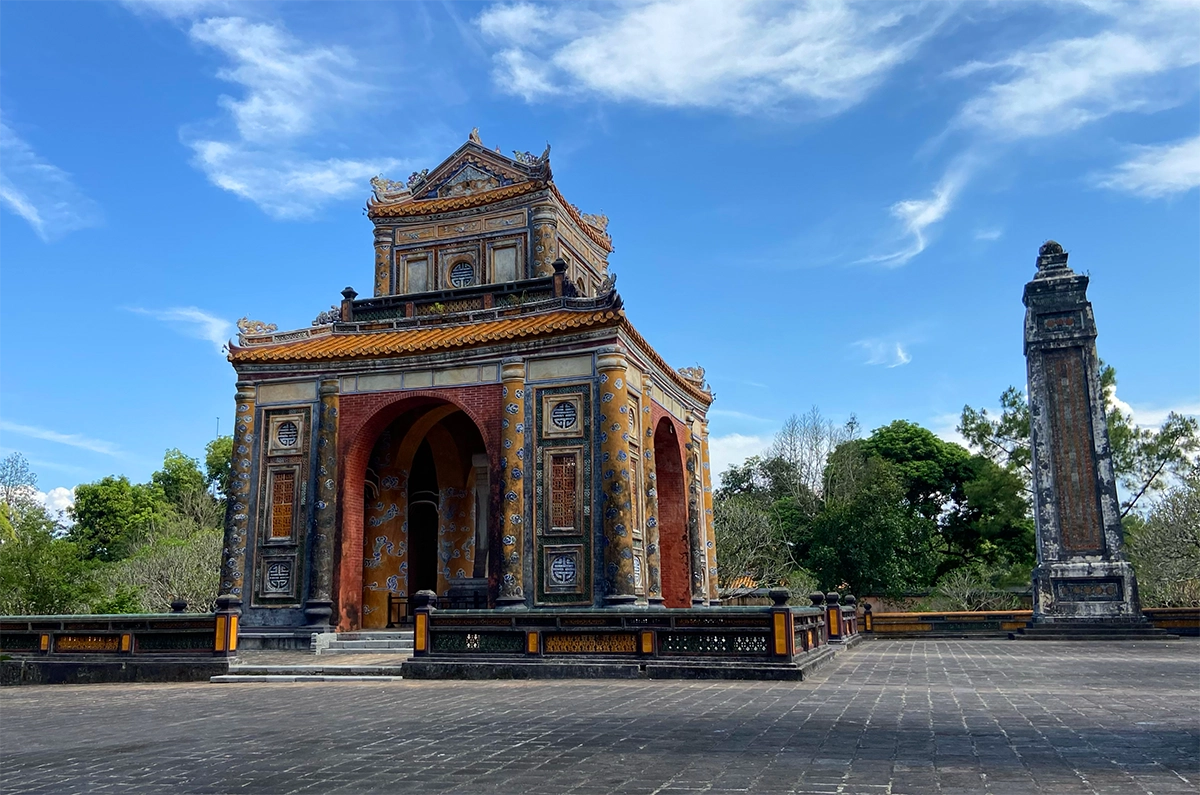
Tomb of Khải Định / Ứng Mausoleum
The tomb of Khai Dinh, the 12th emperor of the Nguyen dynasty, blends Vietnamese architecture with Western styles. Since he was close to the French colonial government it also features more „modern“ materials such as concrete, iron and steel, as well as coloured glass, directly imported from France and a bronze statue of the emperor, which was made in Marseille.
The tomb, officially called Ung Mausoleum, was recognised as a UNESCO World Heritage Site in 1993. It also has the largest ceiling painting in the country called Cuu long an van “nine dragons amidst fleeting clouds”.
The lack of open bodies of water and greenery, compared to the other tombs around Hue, causes it to become incredibly hot, especially since you have to climb a lot of stairs to explore the grounds.

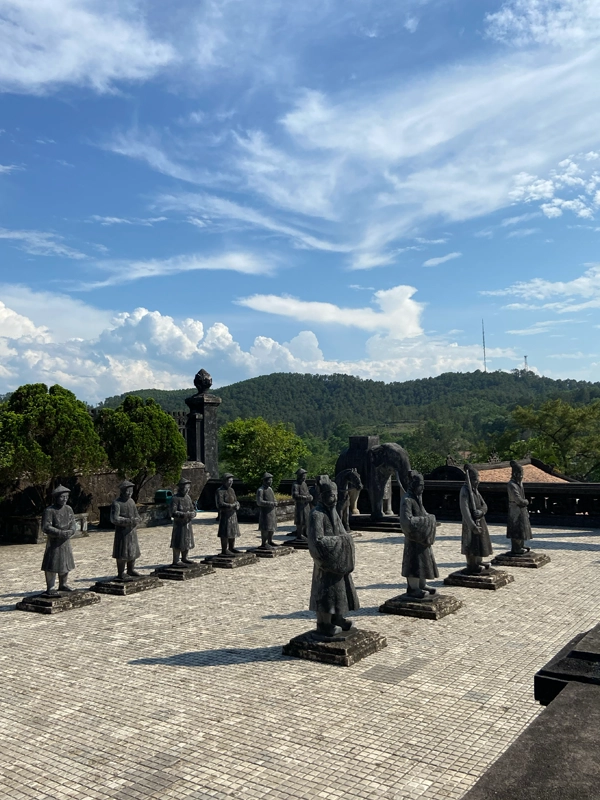
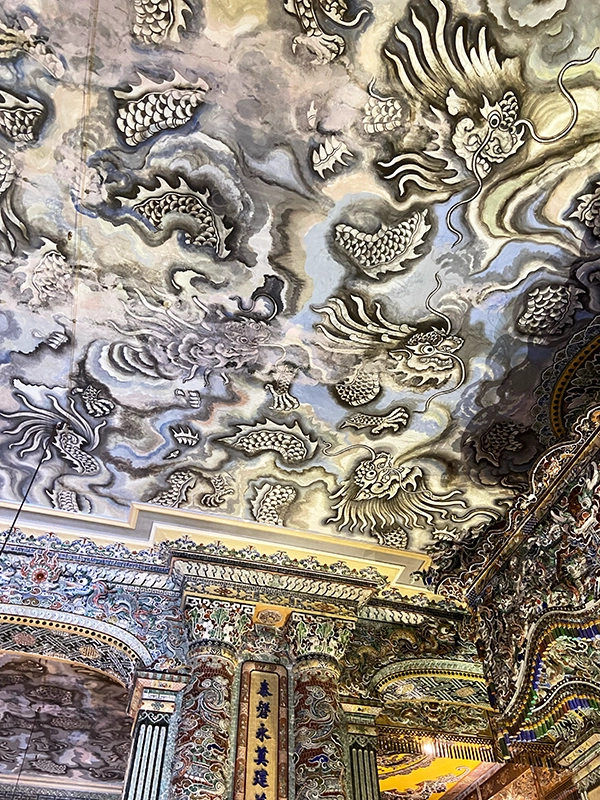
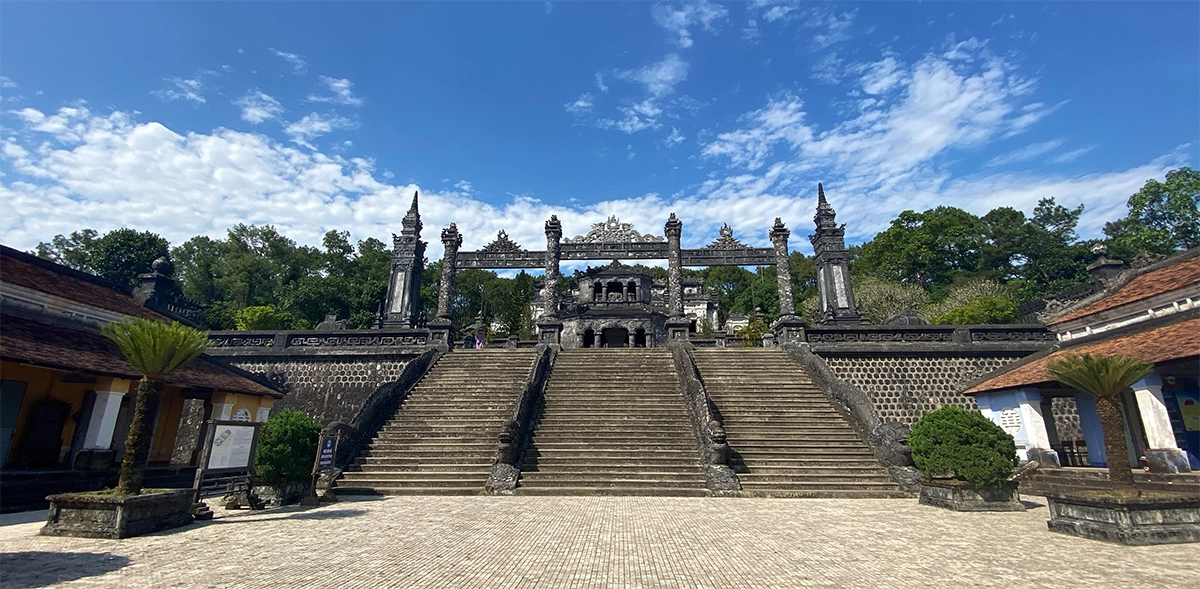
An Dinh Palace
This villa was built as a palace, mixing Gothic European and Vietnamese architectural styles. However, it was never used as a palace, instead, the royal family received foreign delegations there.
Today the main hall and front yard have largely been restored, but most of the building is still in varying stages of decay. Inside the restored parts of the building, you can see intricately carved wooden arches, portraits of former emperors and landscape paintings from all over the province.
Definitely make room in your travel itinerary for Hue to visit this place of history and bring at least two hours. You can easily go here by bicycle and park it in the shade. And if you look particularly hot (like me, I am so pale that I immediately look like I will pass out in the heat) someone will wheel in a decades-old portable AC which will make everyone look at you, because it is loud. 😀
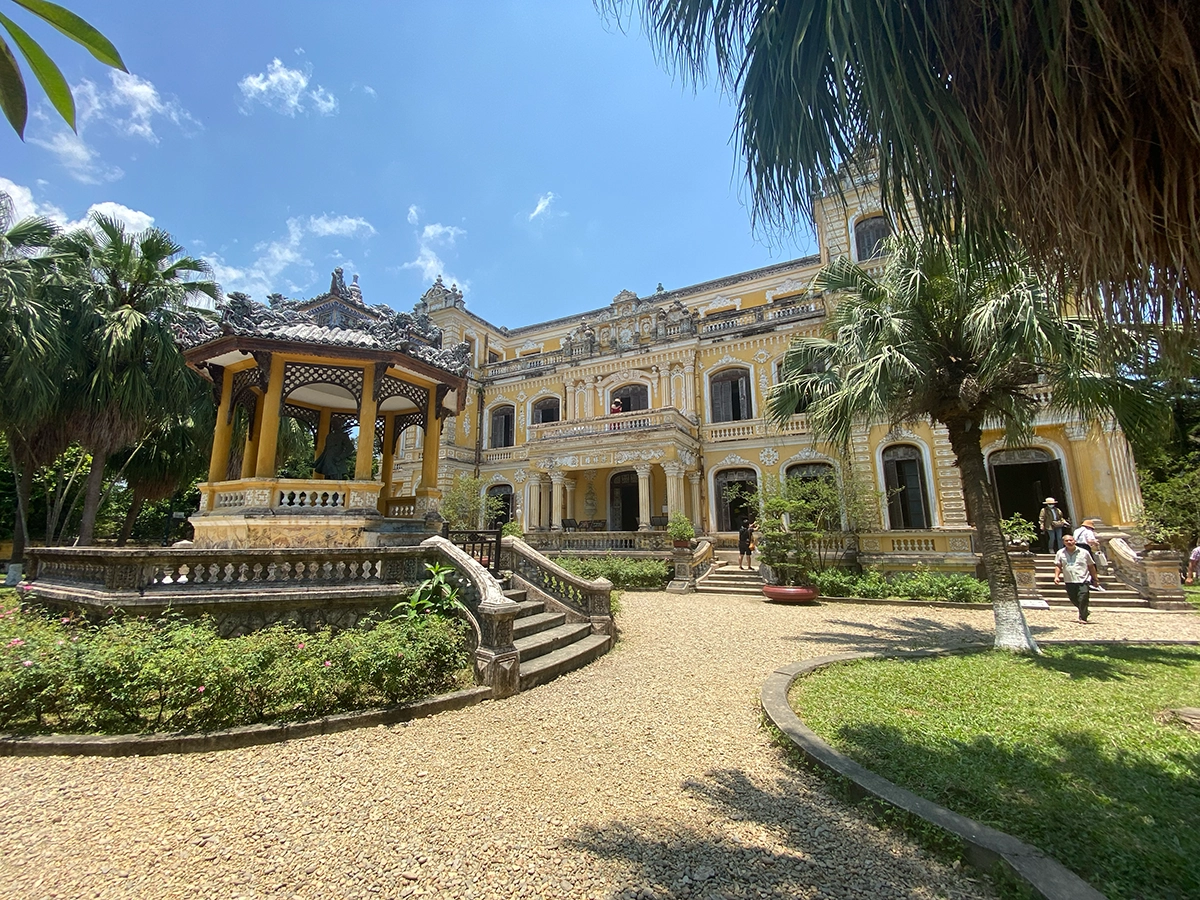
Map for your trip to Hue – City of Emperors
How to read the map: In the first layer light blue are remains of history, dark blue are walking streets, light green are museums and dark green as well as brown are places in nature you can explore. In the second layer pink are cafes, orange are restaurants and street vendors, red is a brewery and salmon is a market. You can open the menu on the top left and choose the layers of the map.
You are currently viewing a placeholder content from Google Maps. To access the actual content, click the button below. Please note that doing so will share data with third-party providers.
More InformationYou can save the map to your Google Maps for your trip to Hue by clicking here.


